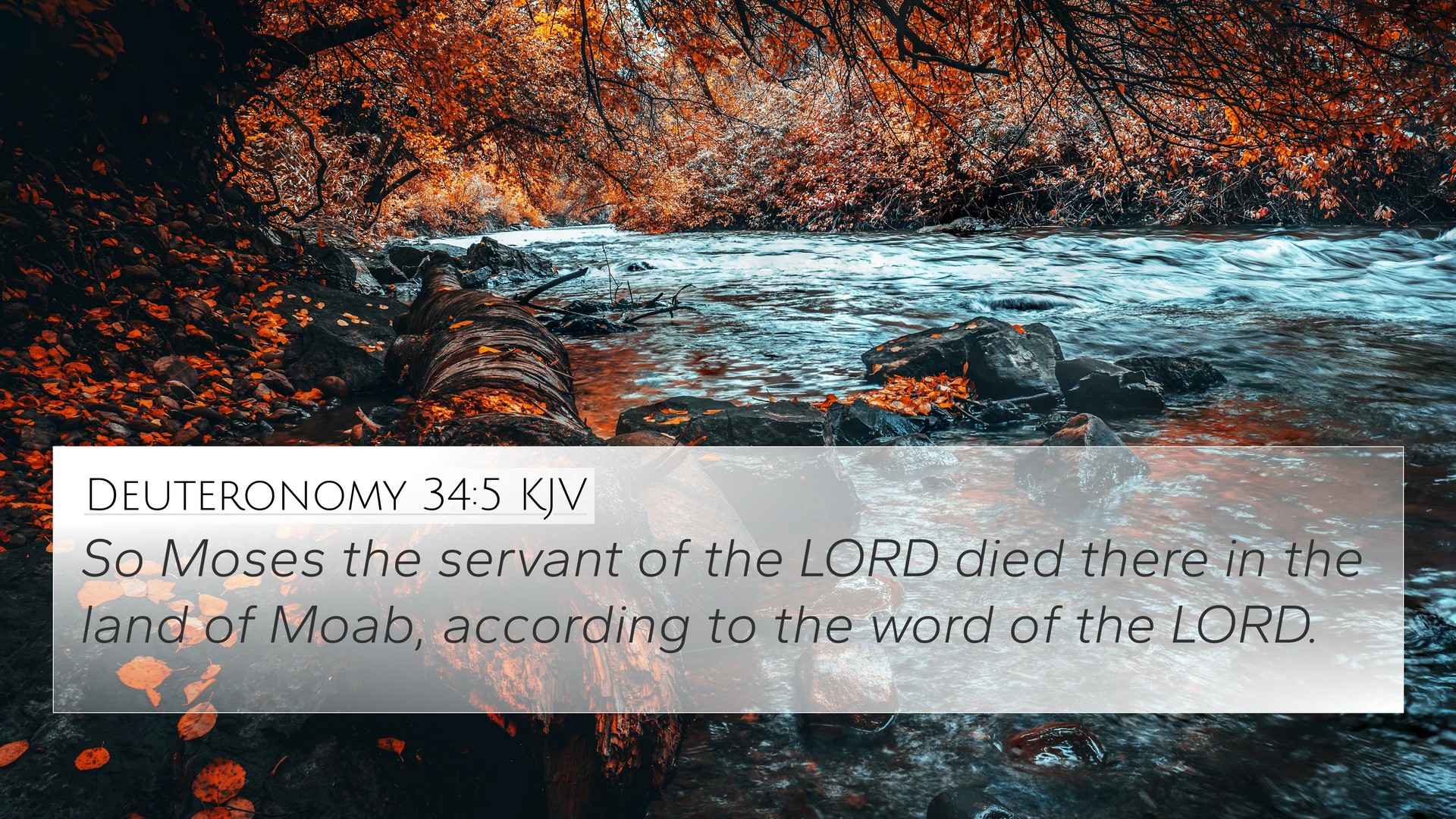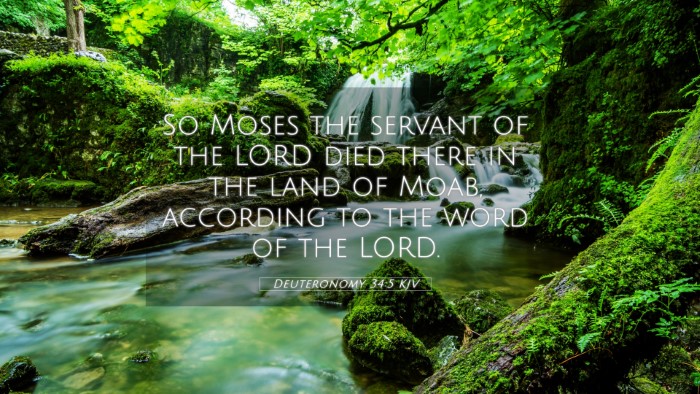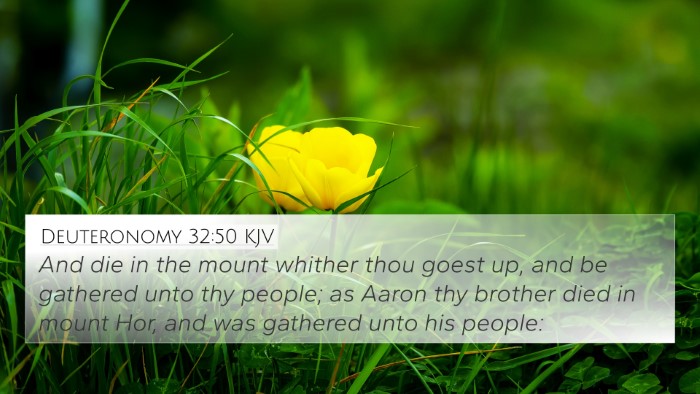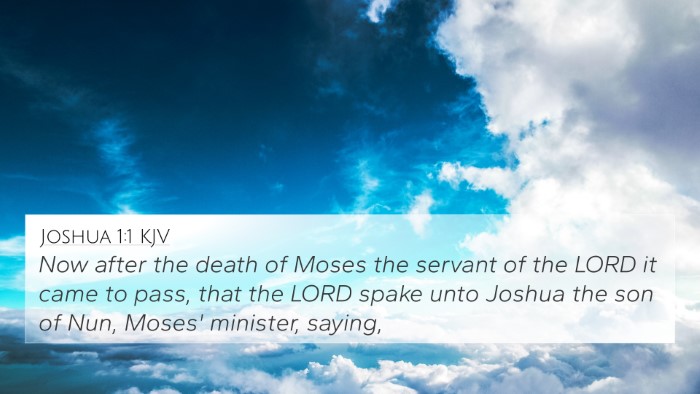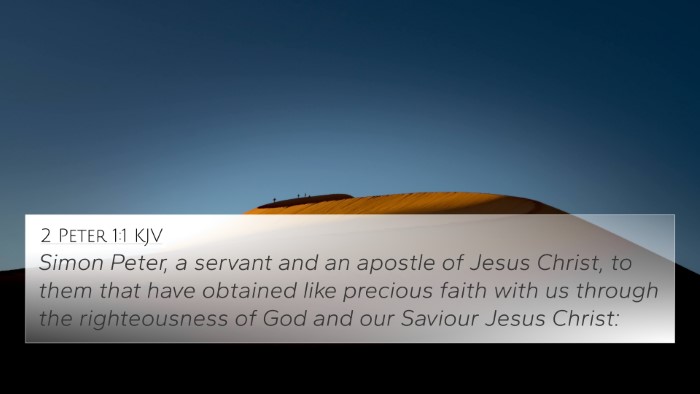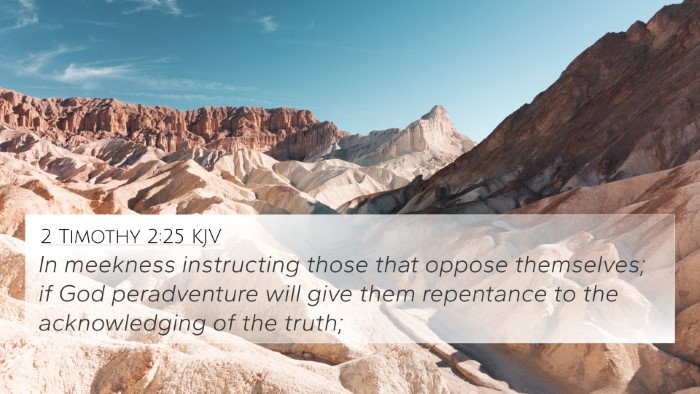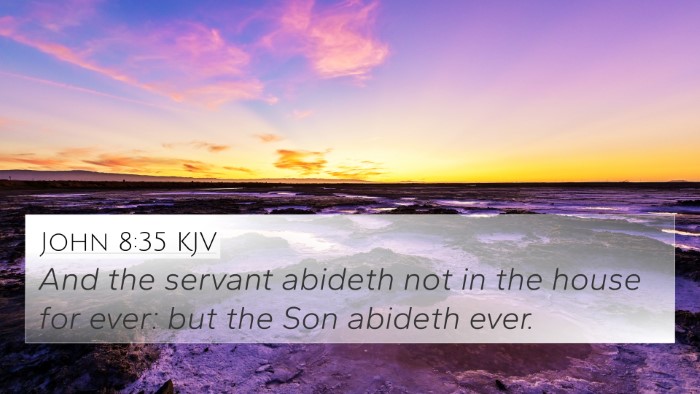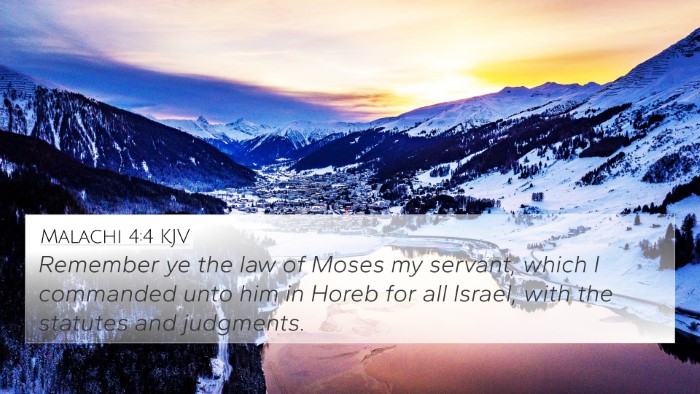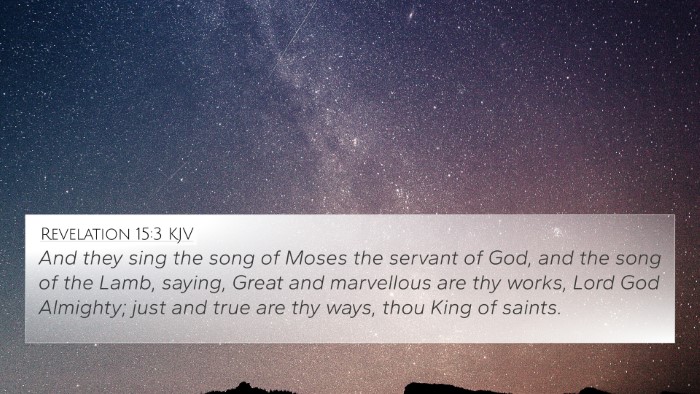Understanding Deuteronomy 34:5
Verse Reference: Deuteronomy 34:5
Text: "So Moses the servant of the Lord died there in the land of Moab, according to the word of the Lord."
Summary of Meaning
Deuteronomy 34:5 marks the solemn end of Moses' life and leadership. This verse encapsulates his role as a servant of the Lord, emphasizing God's sovereignty in both life and death. It reflects Moses' faithful service and the fulfillment of God's promises concerning his life and mission. The phrase "according to the word of the Lord" indicates that his death was not a chance event but part of God's divine plan.
Key Themes from Public Domain Commentaries
- Moses as a Servant: Both Matthew Henry and Adam Clarke highlight Moses' title as "servant of the Lord," demonstrating his unique relationship with God and his role as a leader to the Israelites.
- Divine Timing: Albert Barnes notes that Moses' death occurred "according to the word of the Lord," underscoring the importance of recognizing God's timing in our lives.
- Location of Death: The location in Moab signifies the transition of leadership from Moses to Joshua, marking a pivotal moment in Israel’s history.
- The Significance of Obedience: The verse reflects the broader biblical theme that obedience to God leads to fulfillment of His promises, as seen throughout the Pentateuch and into the New Testament.
- Foreshadowing Joshua's Leadership: This event sets the stage for Joshua's commission, as Moses's death allows for the new generation to enter the Promised Land.
Cross-References and Thematic Connections
Deuteronomy 34:5 connects with various other Bible verses that enhance the themes of service, death, and divine purpose. Below are some relevant cross-references:
- Numbers 27:12-14: God instructs Moses about his death and the transition of leadership to Joshua.
- Deuteronomy 31:14-23: The commissioning of Joshua in the presence of Moses, showing God's ongoing guidance.
- Joshua 1:1-2: The beginning of Joshua’s leadership after Moses’ death, highlighting a continuation of God’s promise.
- Hebrews 3:5-6: Reflects on Moses' faithfulness as a servant and Christ's superiority as the Son over God's house.
- Matthew 17:1-3: The Transfiguration, which includes Moses, reiterating his significant role in the biblical narrative.
- Luke 9:30-31: Again mentions Moses at the Transfiguration, symbolizing the law and his prophetic ministry.
- Romans 14:8: Speaks to the idea of being the Lord's, whether in life or death, resonating with Moses' fate.
- Revelation 11:6: Alludes to the power of God's servants and their eventual triumph, parallel to Moses' faithfulness.
- Malachi 4:4-6: Reminds the readers of Moses' teachings, showing his lasting impact on Israel's heritage.
- John 5:46: Jesus references Moses, indicating the continuity of scripture and prophetic fulfillment spanning from Moses to Christ.
Thematic Bible Verse Connections
When analyzing Deuteronomy 34:5, it is crucial to observe the broader biblical themes that correlate with this text:
- The Role of Spiritual Leaders: Moses exemplifies what it means to be a faithful leader in God’s service, a theme echoed in various books throughout the Bible.
- Divine Sovereignty: This verse reaffirms the belief that God directs the lives and deaths of His servants, showcasing His omnipotence.
- Fulfillment of Prophecy: The event was foretold; thus, it reinforces the reliability of God's word throughout Scripture and how it connects Old and New Testament promises.
- Legacy of Faith: Moses' death marks not just an end but a significant transition for the Israelite people, influencing future generations and their faith journey.
- Transition of Leadership: The importance of mentorship and passing the baton in leadership is a recurring theme seen in both Old and New Testaments.
Analysis of Related Verses
For individuals seeking to enrich their understanding of Deuteronomy 34:5, examining related scriptures can provide valuable insights. Here's how to use Biblical texts for comparative analysis:
- Tools for Bible Cross-Referencing: Utilize a Bible concordance or cross-reference guide to identify connections among the verses mentioned above.
- Identifying Themes: Engage in thematic Bible studies that focus on leadership, obedience, and divine plans as illustrated by Moses’ story.
- Cross-Referencing Psalms with New Testament Teachings: Explore Psalms that reflect Moses’ spirit of worship, seeking to understand continuity in worship styles.
- Linking Old and New Testaments: Look at how New Testament writers interpret the events and characters of the Old Testament, especially regarding law and grace.
- Comparative Study of Pauline Epistles: Paul’s writings often draw on the foundational stories of the Israelites, linking Moses’ teachings to the message of Christ.
Finding Cross-References in the Bible
To enhance your Bible study, consider these approaches:
- Study Methods: Browse Bible manuals and commentary that explain cross-reference methodologies.
- Use of Marginal Notes: Many Bibles include margins with cross-references, guiding readers to related texts.
- Online Resources: Numerous platforms provide tools to find cross-references efficiently, aiding deeper study.
- Group Study: Engage with study groups focused on scripture analysis, fostering discussions that reveal interconnections between verses.
Conclusion
The examination of Deuteronomy 34:5 opens a door to understanding the legacy of faith, the theme of obedience, and God's unwavering promises. Through careful study and cross-referencing, readers can appreciate the intricate tapestry of relationships woven throughout scripture that highlight God’s continual work in the lives of His servants.
